Have you ever held a moonstone under the light and noticed a soft, glowing shimmer that seems to dance beneath its surface? That mysterious glow isn’t just a trick of the eye — it’s a captivating optical effect known as the adularescence in Moonstone. More than just a visual delight, this unique glow is what makes moonstone so beloved among gem enthusiasts and jewelry lovers alike. In this article, we’ll dive deep into the science and beauty behind the adularescence in Moonstone, revealing how this natural wonder turns a simple gemstone into a glowing symbol of elegance and mystique.
1. Understanding the adularescence in Moonstone
The adularescence in Moonstone is a fascinating optical effect that gives moonstone its signature ethereal glow — a soft shimmer of blue or silvery light that appears to float just beneath the surface of the stone. This glow doesn’t reflect from the surface like a polish, but rather seems to emerge from deep within the gemstone, creating an enchanting, almost otherworldly visual experience.
Scientifically, the adularescence in moonstone is caused by the interaction of light with microscopic, alternating layers of feldspar minerals within the stone. When light enters the moonstone, it scatters between these ultra-thin layers and reflects to the observer’s eye in a diffused, glowing manner. The result is a luminous sheen that moves gracefully across the stone when viewed from different angles, much like moonlight drifting through a mist.
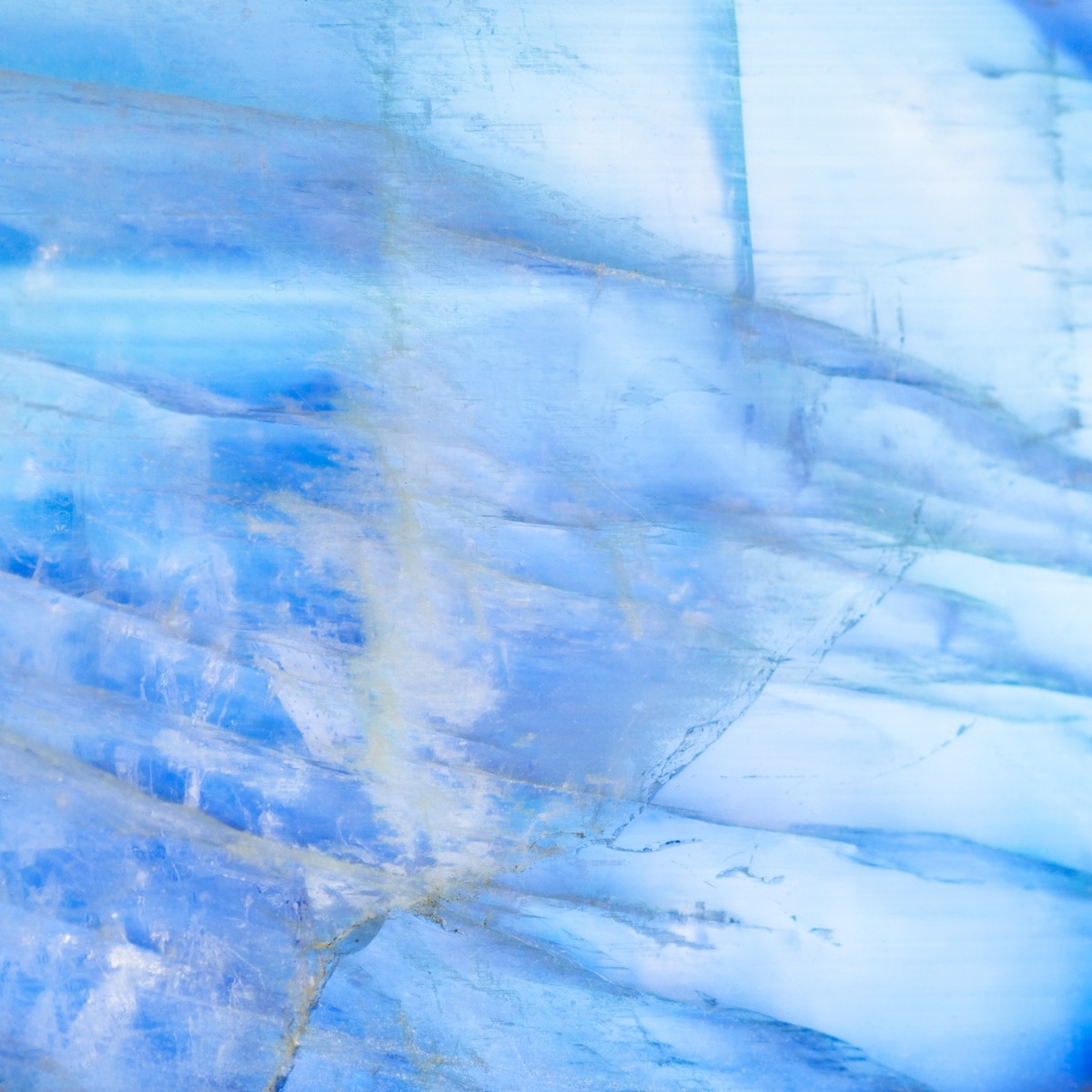
What is the adularescence in Moonstone? The magical glow inside the moonstone explained
The quality of this effect depends greatly on the structure of the stone. Moonstones with more perfectly aligned and thinner feldspar layers tend to exhibit a stronger blue sheen, which is highly prized in fine jewelry. These stones often come from Sri Lanka or India and are considered premium-grade moonstones.
It's important to distinguish the adularescence in Moonstone from other optical effects found in gemstones:
- Iridescence, seen in opals or abalone shells, displays a rainbow-like spectrum caused by light diffraction through irregular or layered structures. It is vivid and multicolored, unlike the soft, singular-toned glow of adularescence.
- Chatoyancy, or the "cat's eye" effect, appears as a single streak of light that moves across the stone’s surface, caused by parallel inclusions. It is sharp and focused, while adularescence is diffused and subtle.
What makes the adularescence in Moonstone so unique is its delicate, flowing quality - a quiet glow that seems to emanate from the soul of the stone itself. It’s not just a scientific occurrence; it’s the very essence that gives moonstone its timeless, mystical charm and emotional resonance.
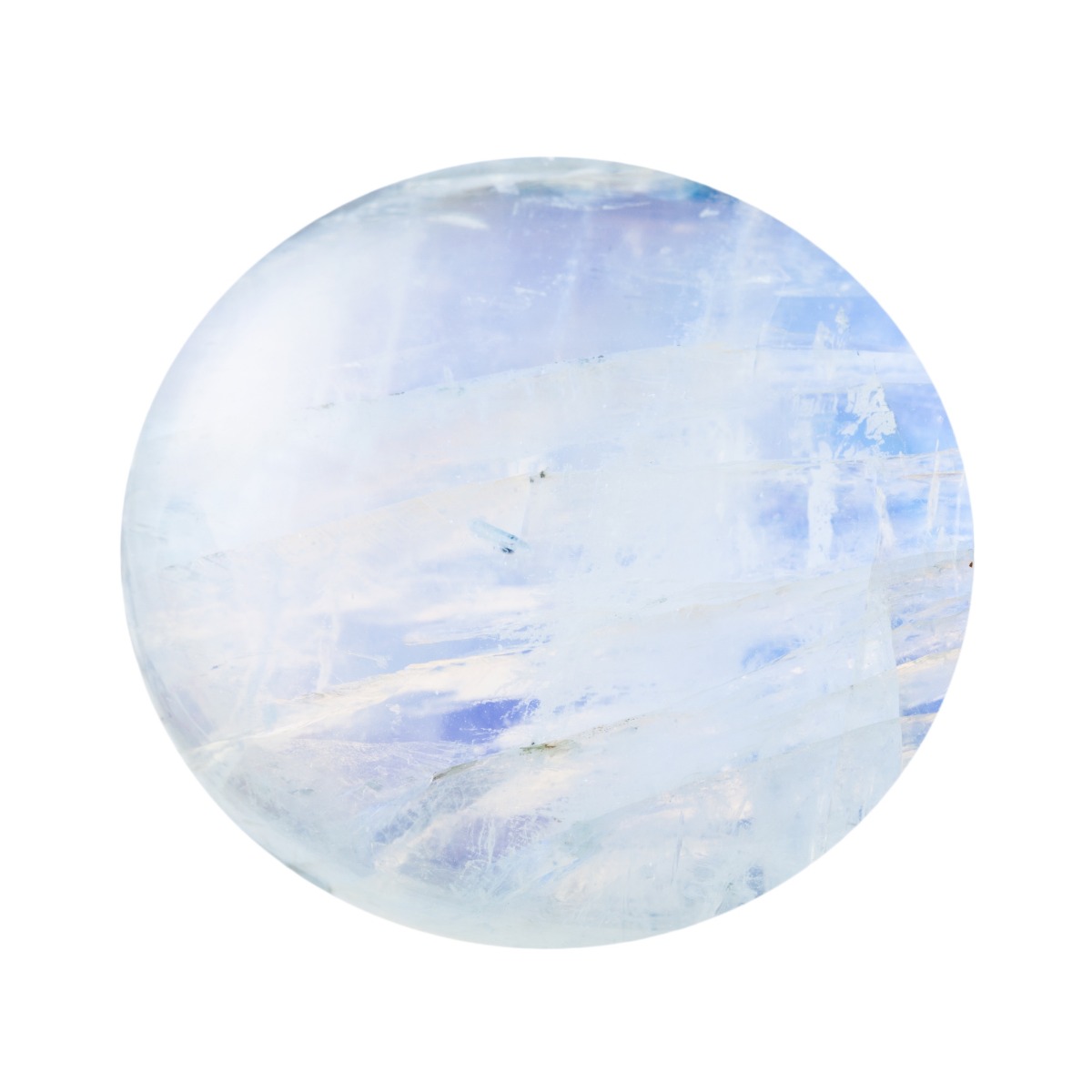
What is the adularescence in Moonstone? The magical glow inside the moonstone explained
2. The hidden structure behind the glow: How the adularescence phenomenon forms in moonstone
The ethereal glow of moonstone is not just a visual delight but the result of a fascinating optical effect known as the adularescence in Moonstone. To understand why this gemstone shimmers like moonlight from within, we need to explore its microscopic internal structure.
Inside moonstone, there are alternating layers of two types of feldspar minerals. These ultra-thin layers, often just a few hundred nanometers thick, are stacked on top of each other in a way that allows light to pass through and scatter between them. This layered structure is the key to creating the adularescence phenomenon seen in high-quality moonstone.
When light hits the surface of the stone, it doesn’t simply reflect off the top layer. Instead, it penetrates the stone, bouncing between the internal feldspar layers. This scattering and internal reflection produce a soft, glowing light that seems to float beneath the surface. Depending on the thickness and uniformity of these layers, the glow can appear white, silver, or a beautiful shade of bluish moonlight.
Unlike other gemstone optical effects that reflect from the surface, the adularescence phenomenon creates a sense of depth, making the light appear to emerge from the heart of the stone itself. This is what gives moonstone its signature mystical beauty and dreamy, romantic allure - a glow that shifts and dances as you move, like the moonlight captured inside a crystal.
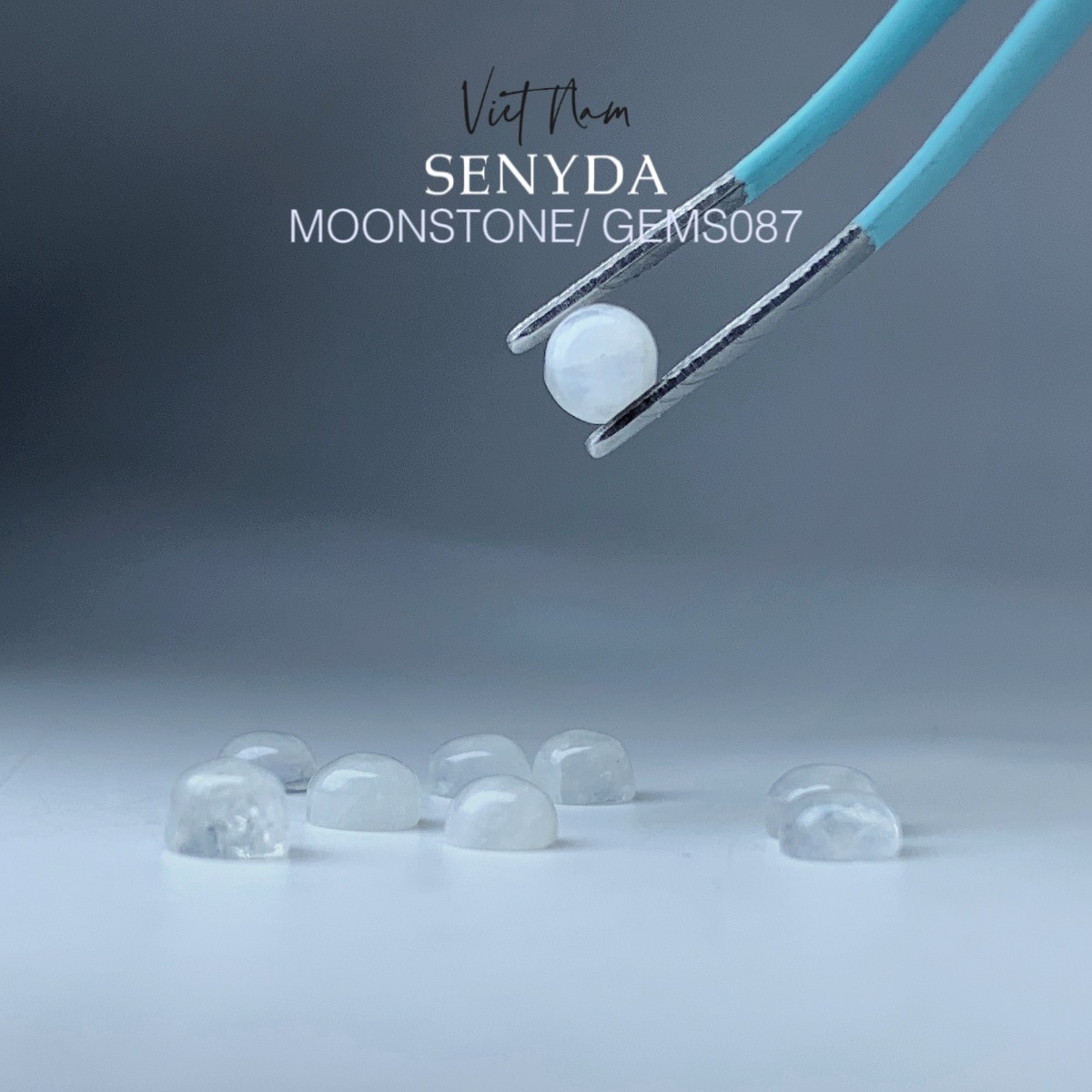
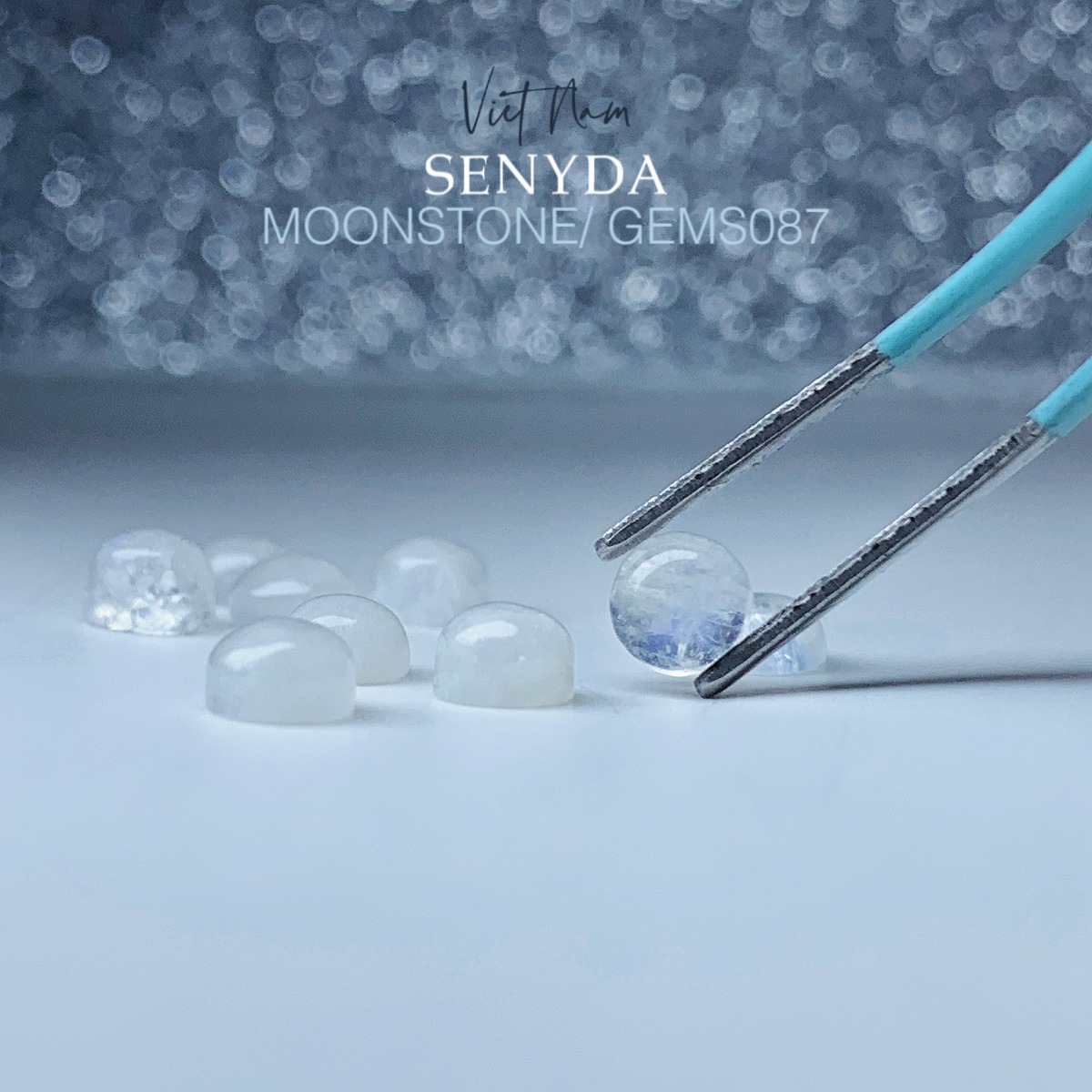
What is the adularescence in Moonstone? The magical glow inside the moonstone explained
3. Two key factors that determine the beauty and value of a Moonstone
When evaluating a moonstone, experts often focus on two essential criteria: body color and the presence of the adularescence phenomenon. Together, these elements form the perfect combination that defines the gemstone’s beauty and overall value.
3.1. Body color – The foundation of beauty
Moonstone comes in a variety of soft shades, from pure white, smoky gray, and pastel pink to light brown — and in rare cases, a rainbow sheen. Interestingly:
- Transparent or slightly milky moonstones with a soft, moving blue sheen tend to be the most valuable.
- The more neutral and lighter the body color, the more it enhances the visibility of the adularescence phenomenon.
- On the other hand, darker tones like deep brown may obscure the moonlight-like glow that makes moonstone special.
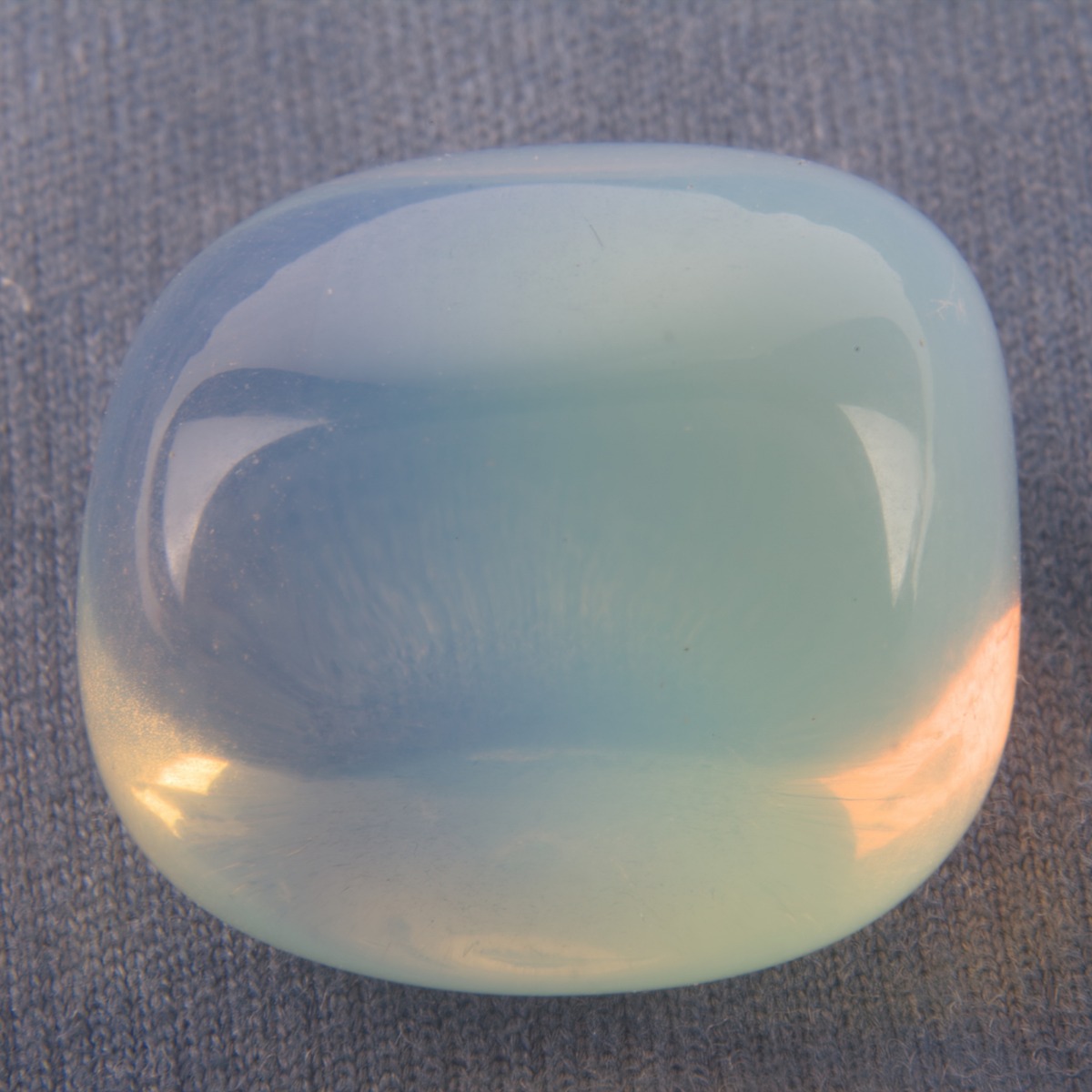
What is the adularescence in Moonstone? The magical glow inside the moonstone explained
3.2. Adularescence phenomenon – The soul of Moonstone
The true magic of moonstone lies in its adularescence phenomenon — a soft glow, usually silver or blue, that seems to float across the surface of the stone. A high-quality moonstone will display this light, evenly distributed and centered, moving smoothly as the stone is viewed from different angles.
The more pronounced, silky, and centralized the effect, the more valuable the gemstone. In contrast, moonstones that lack a distinct glow or only exhibit faint flashes at the edges are often considered lower in quality and are less favored in fine jewelry design.
A moonstone with a strong and vivid adularescence phenomenon can be worth five to ten times more than a similar-sized stone with only a weak or blurry glow.
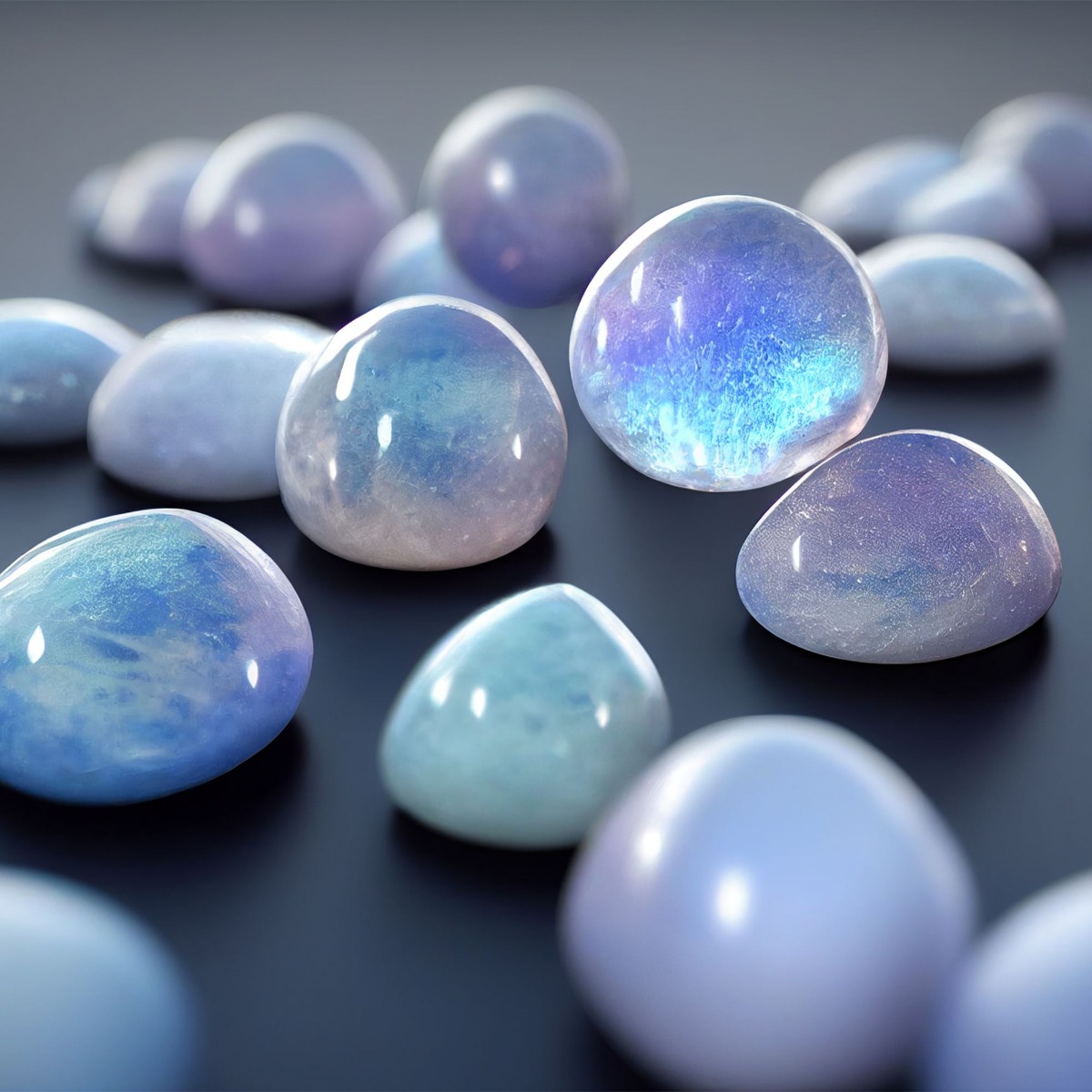
What is the adularescence in Moonstone? The magical glow inside the moonstone explained
4. How to preserve the adularescence phenomenon in Moonstone over time
The captivating adularescence phenomenon is what gives moonstone its magical, moonlit glow. To maintain this shimmering effect and protect the beauty of your moonstone jewelry for years to come, proper care and storage are essential.
4.1. Avoid impact and rough handling
The adularescence phenomenon in moonstone is caused by delicate, microscopic layers within the stone. Moonstone is relatively soft and can be easily scratched or cracked if dropped or knocked against hard surfaces. To keep your stone in pristine condition, avoid wearing it during physical activities, sports, or heavy-duty tasks.
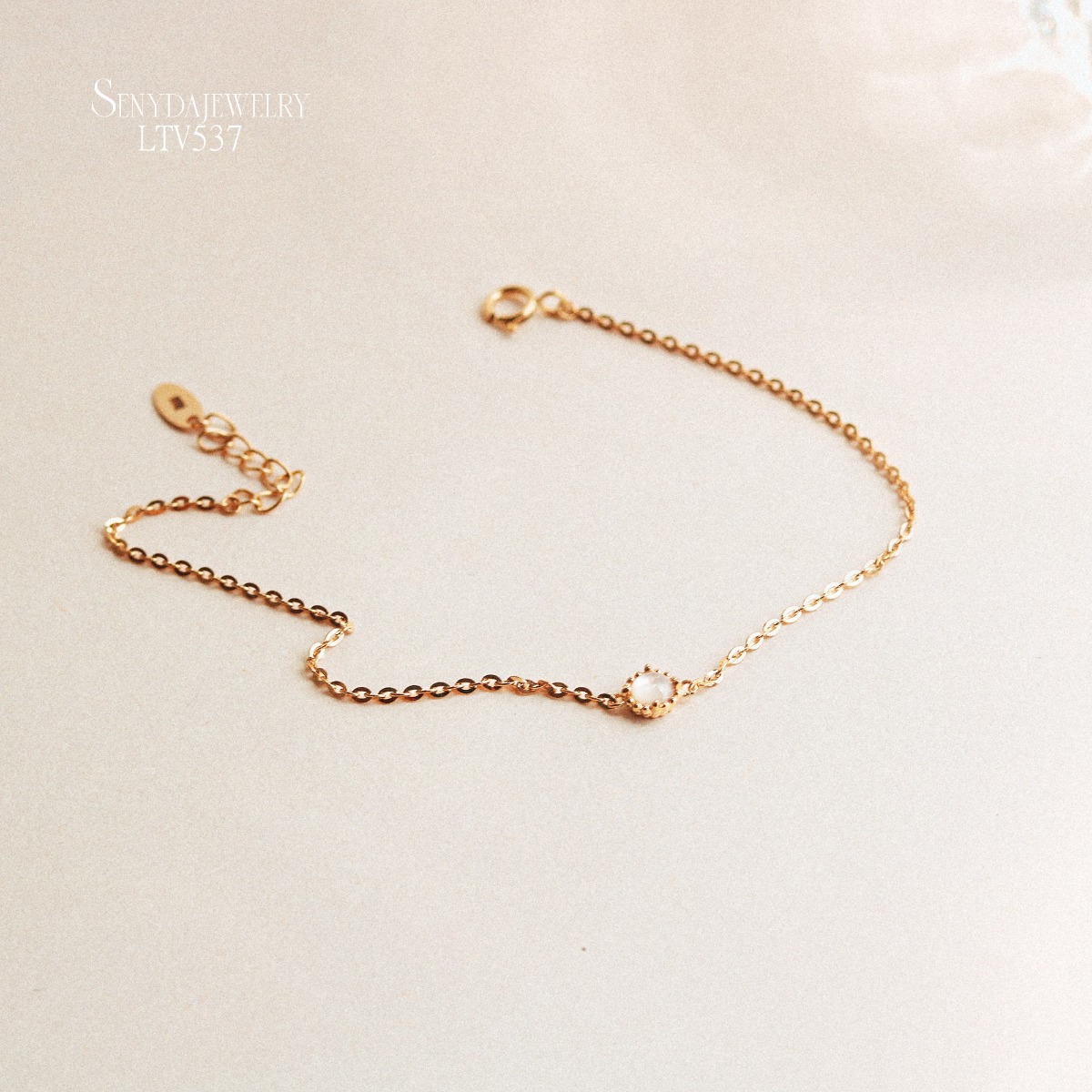
What is the adularescence in Moonstone? The magical glow inside the moonstone explained
4.2. Keep away from harsh chemicals
Exposure to chemicals like soaps, perfumes, cleaning agents, and cosmetics can dull the surface of the stone and weaken the adularescence phenomenon. Always remove your moonstone jewelry before washing hands, applying lotions, or swimming in chlorinated water.
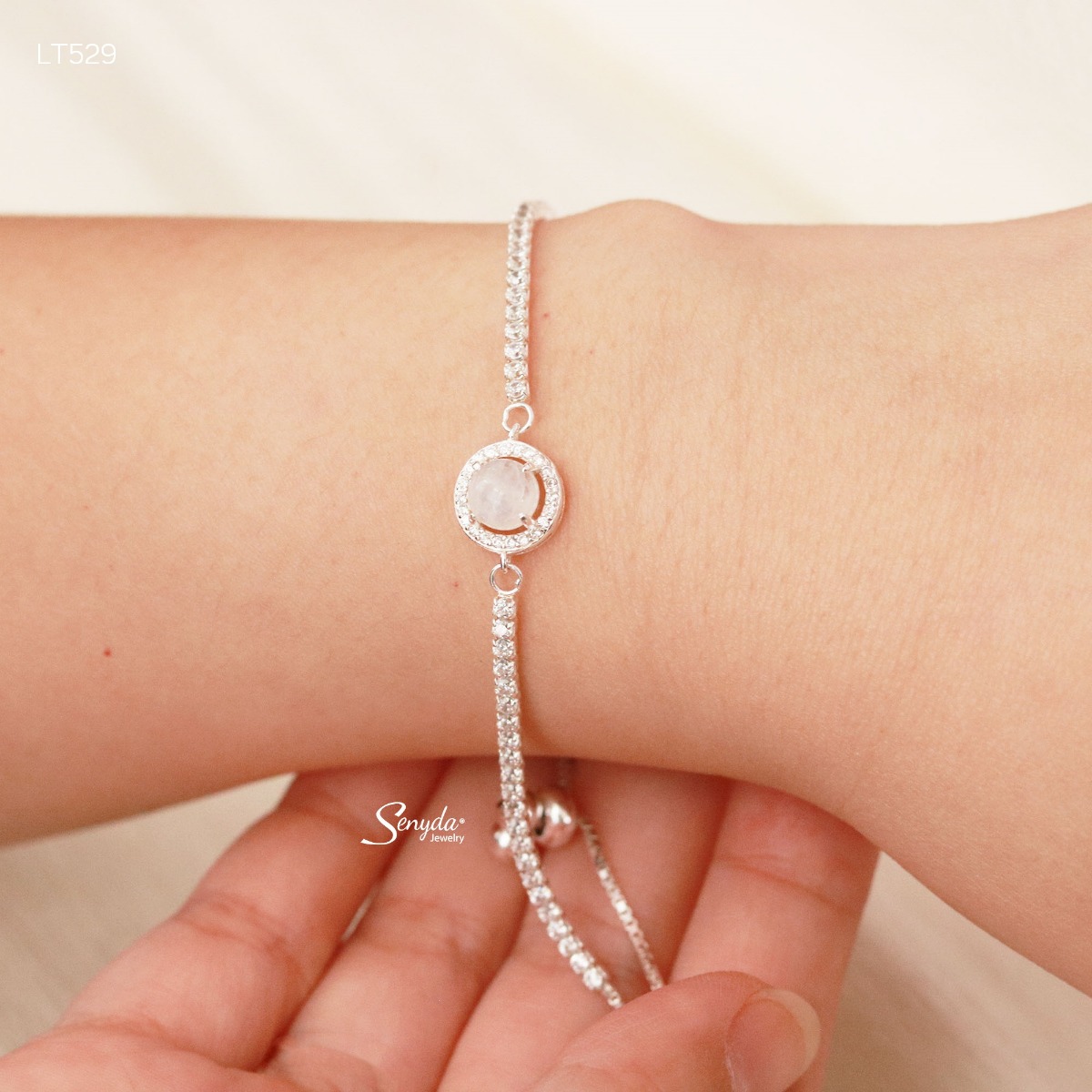
What is the adularescence in Moonstone? The magical glow inside the moonstone explained
4.3. Clean gently and properly
Use lukewarm water mixed with a mild soap to gently clean your moonstone. Wipe it with a soft, lint-free cloth and allow it to air dry completely. Avoid using ultrasonic cleaners, strong detergents, or stiff brushes, as they can damage the stone’s surface and reduce its optical effect.
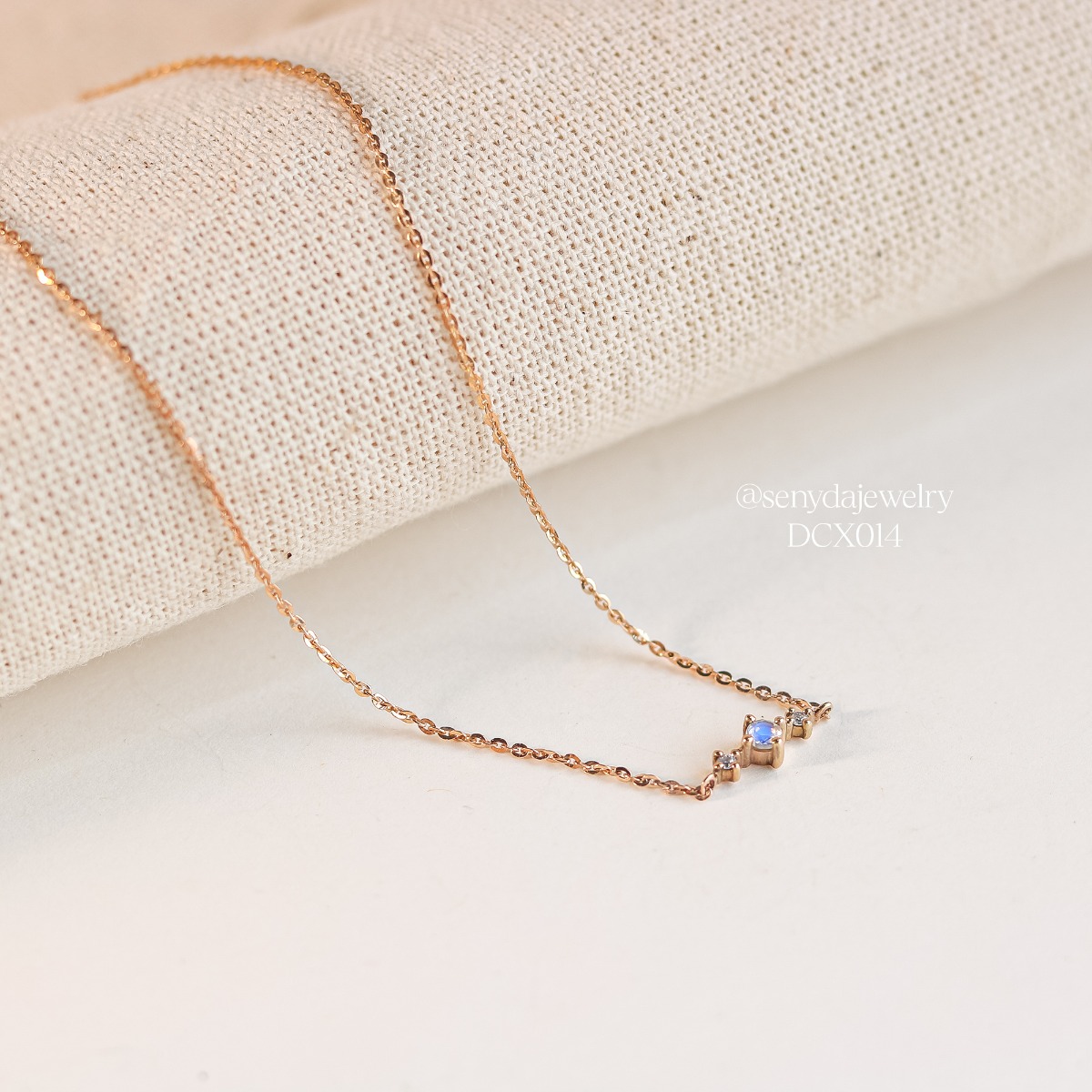
What is the adularescence in Moonstone? The magical glow inside the moonstone explained
4.4. Store separately in a soft fabric pouch or box
When not in use, store your moonstone in a jewelry box lined with soft fabric or in a separate pouch. Keeping it away from harder gemstones like diamonds or sapphires prevents scratches and preserves both the surface and the clarity of the adularescence phenomenon.
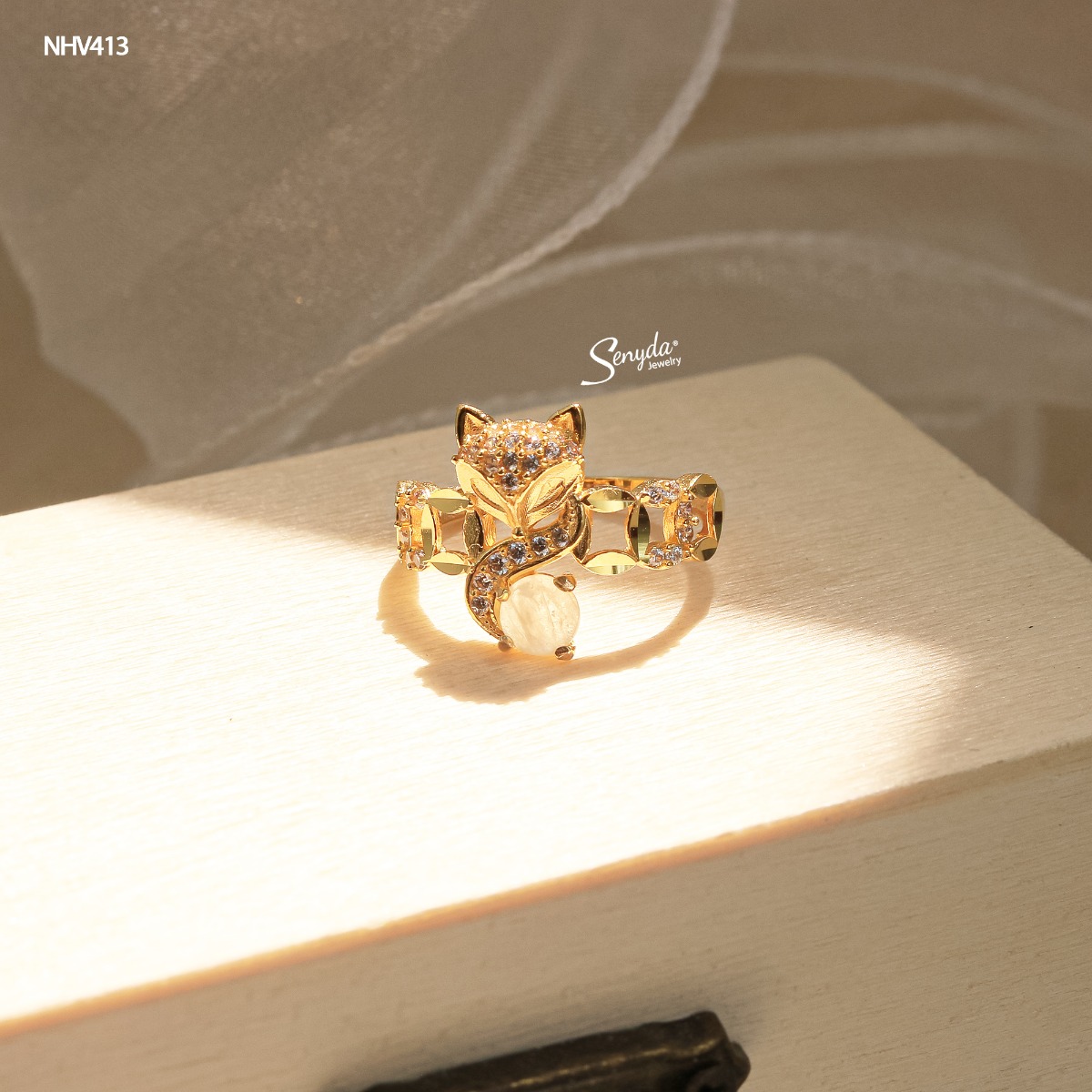
What is the adularescence in Moonstone? The magical glow inside the moonstone explained
The next time you see a moonstone glimmering with that soft, ghostly light, you'll know it's more than just beauty—it's the magic of the adularescence phenomenon at work. This rare optical effect is what sets moonstone apart, giving it an ethereal charm that feels almost otherworldly. Whether you're a gemstone collector, a jewelry enthusiast, or simply someone who loves the wonders of nature, understanding the adularescence phenomenon allows you to see moonstone in a whole new light, one that shimmers with mystery, history, and timeless elegance.
